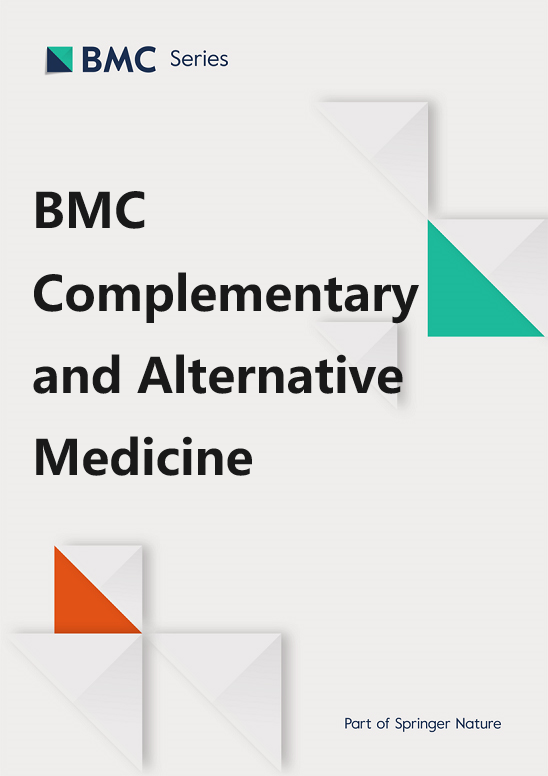利用硅学和体外组合分析从埃及蜂胶中提取的潜在α-淀粉酶抑制剂与阿卡波糖的协同效应
IF 3.4
2区 医学
Q1 Medicine
引用次数: 0
摘要
2 型糖尿病(DM)是一种影响全球数百万人生活质量的疾病。治疗 2 型糖尿病的一种方法是使用碳水化合物水解酶抑制剂阿卡波糖。虽然阿卡波糖长期以来一直是这种关键方法的首选药物,但它的副作用显然会对患者的依从性产生负面影响,进而影响治疗效果。蜂胶的作用机制与阿卡波糖相似,蜂胶是一种独特的天然粘合生物质,由具有生物活性的代谢物组成,通过抑制α-淀粉酶,具有抗糖尿病的潜力。为了最大限度地减少对新型药物的需求,同时降低阿卡波糖的副作用并提高其疗效,联合用药治疗已成为一种前景广阔的药物治疗策略,也是本研究的一个重点。本研究利用计算机辅助分子对接和分子动力学(MD)模拟以及体外测试,从埃及蜂胶中挖掘新型药理活性化学实体,以防治2型DM。除了对所研究的蜂胶样品进行气相色谱-质谱分析外,还利用 Glide docking 对从文献中收集的最大的埃及蜂胶内部代谢物库进行了基于结构的虚拟筛选。随后,通过将阿卡波糖与蜂胶和所选蜂胶衍生植物配体进行固定比例组合,实施了组合分析。全球首次在蜂胶中发现的杜仲甙和山奈酚是最有希望的虚拟配体。随后进行的体外α-淀粉酶抑制试验表明,这些虚拟配体能够以剂量依赖的方式显著抑制α-淀粉酶,IC50 分别为 2.37 ± 0.02 mM 和 4.84 ± 0.14 mM。阿卡波糖与蜂胶和山奈酚的二元组合在较低的效应水平下显示出最大的协同作用。分子对接和 MD 模拟显示了山奈酚和阿卡波糖在活性位点内的合作结合模式。为了确保从埃及蜂胶中获得稳定的新治疗实体,以缓解 DM 的发展,所建议的策略似乎势在必行。还需要进一步的体内药理学研究,以证实所研究的组合具有强大的抗糖尿病潜力。本文章由计算机程序翻译,如有差异,请以英文原文为准。
Synergistic effect of potential alpha-amylase inhibitors from Egyptian propolis with acarbose using in silico and in vitro combination analysis
Type 2 Diabetes mellitus (DM) is an affliction impacting the quality of life of millions of people worldwide. An approach used in the management of Type 2 DM involves the use of the carbohydrate-hydrolyzing enzyme inhibitor, acarbose. Although acarbose has long been the go-to drug in this key approach, it has become apparent that its side effects negatively impact patient adherence and subsequently, therapeutic outcomes. Similar to acarbose in its mechanism of action, bee propolis, a unique natural adhesive biomass consisting of biologically active metabolites, has been found to have antidiabetic potential through its inhibition of α-amylase. To minimize the need for ultimately novel agents while simultaneously aiming to decrease the side effects of acarbose and enhance its efficacy, combination drug therapy has become a promising pharmacotherapeutic strategy and a focal point of this study. Computer-aided molecular docking and molecular dynamics (MD) simulations accompanied by in vitro testing were used to mine novel, pharmacologically active chemical entities from Egyptian propolis to combat Type 2 DM. Glide docking was utilized for a structure-based virtual screening of the largest in-house library of Egyptian propolis metabolites gathered from literature, in addition to GC–MS analysis of the propolis sample under investigation. Thereafter, combination analysis by means of fixed-ratio combinations of acarbose with propolis and the top chosen propolis-derived phytoligand was implemented. Aucubin, identified for the first time in propolis worldwide and kaempferol were the most promising virtual hits. Subsequent in vitro α-amylase inhibitory assay demonstrated the ability of these hits to significantly inhibit the enzyme in a dose-dependent manner with an IC50 of 2.37 ± 0.02 mM and 4.84 ± 0.14 mM, respectively. The binary combination of acarbose with each of propolis and kaempferol displayed maximal synergy at lower effect levels. Molecular docking and MD simulations revealed a cooperative binding mode between kaempferol and acarbose within the active site. The suggested strategy seems imperative to ensure a steady supply of new therapeutic entities sourced from Egyptian propolis to regress the development of DM. Further pharmacological in vivo investigations are required to confirm the potent antidiabetic potential of the studied combination.
求助全文
通过发布文献求助,成功后即可免费获取论文全文。
去求助
来源期刊

BMC Complementary and Alternative Medicine
INTEGRATIVE & COMPLEMENTARY MEDICINE-
CiteScore
7.00
自引率
0.00%
发文量
0
审稿时长
3 months
期刊介绍:
BMC Complementary Medicine and Therapies is an open access journal publishing original peer-reviewed research articles on interventions and resources that complement or replace conventional therapies, with a specific emphasis on research that explores the biological mechanisms of action, as well as their efficacy, safety, costs, patterns of use and/or implementation.
 求助内容:
求助内容: 应助结果提醒方式:
应助结果提醒方式:


